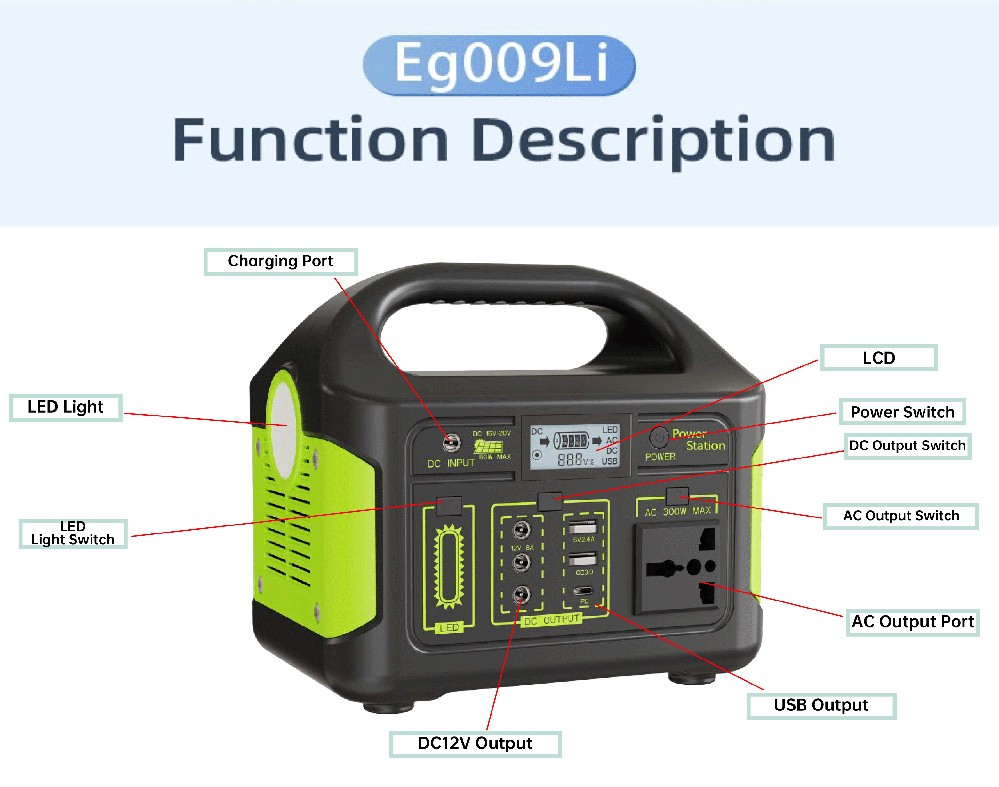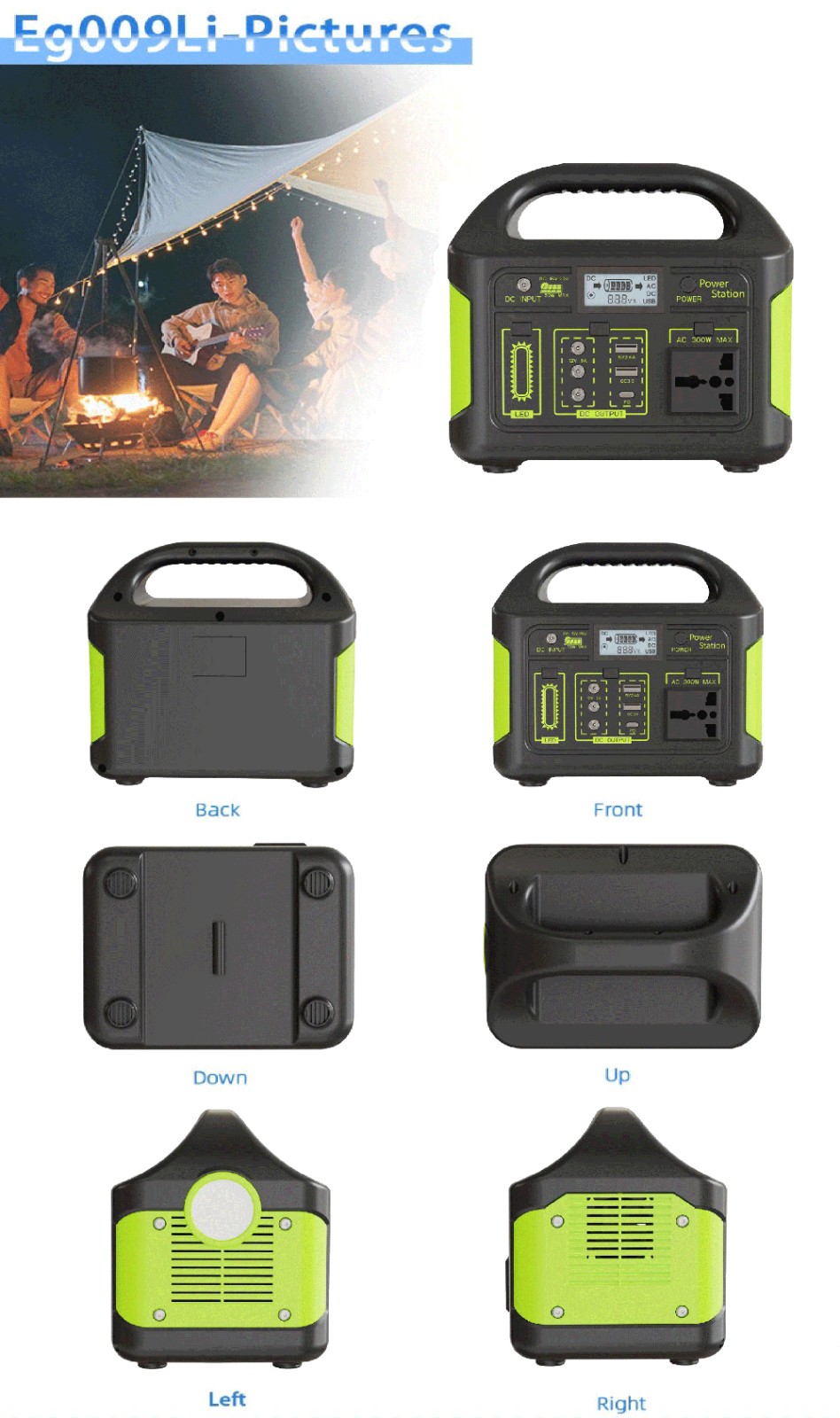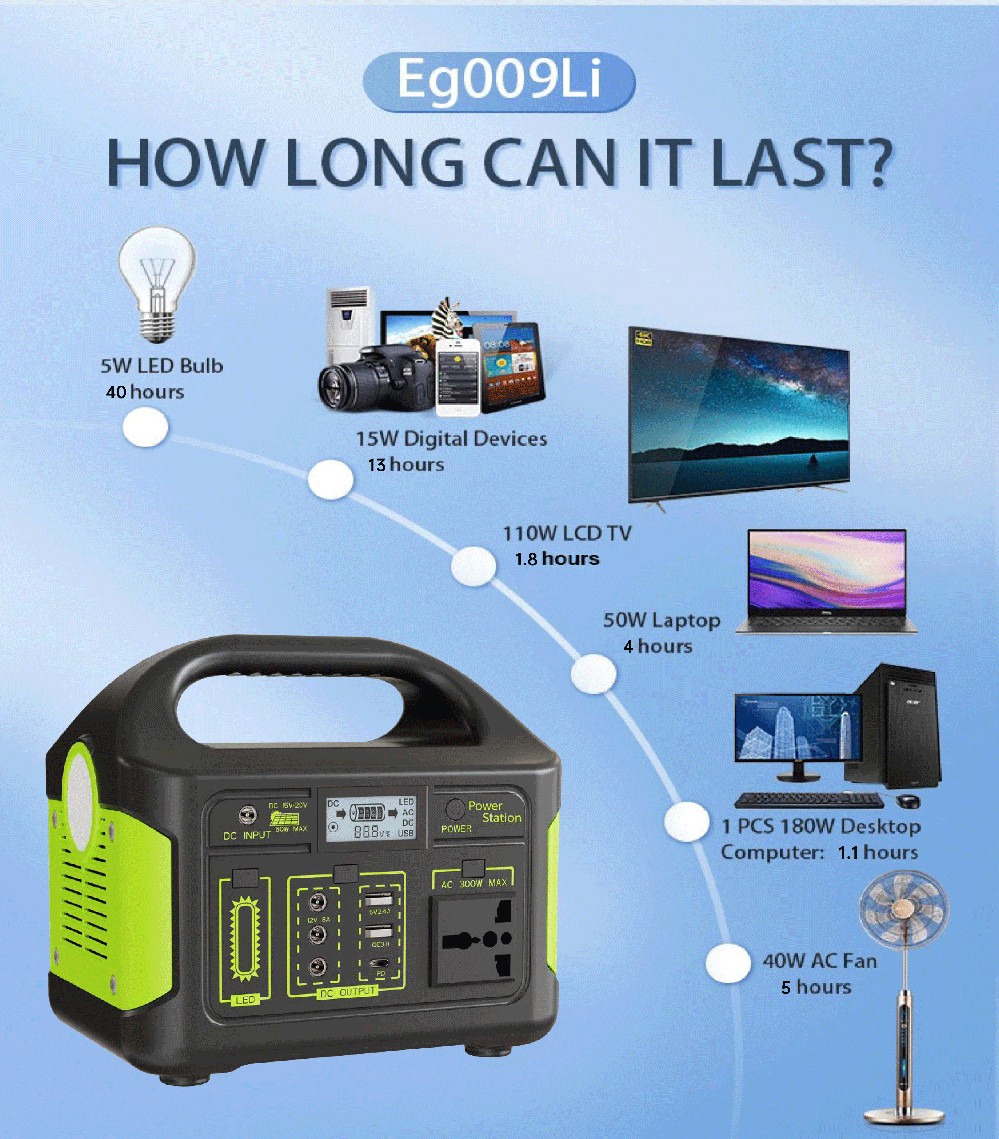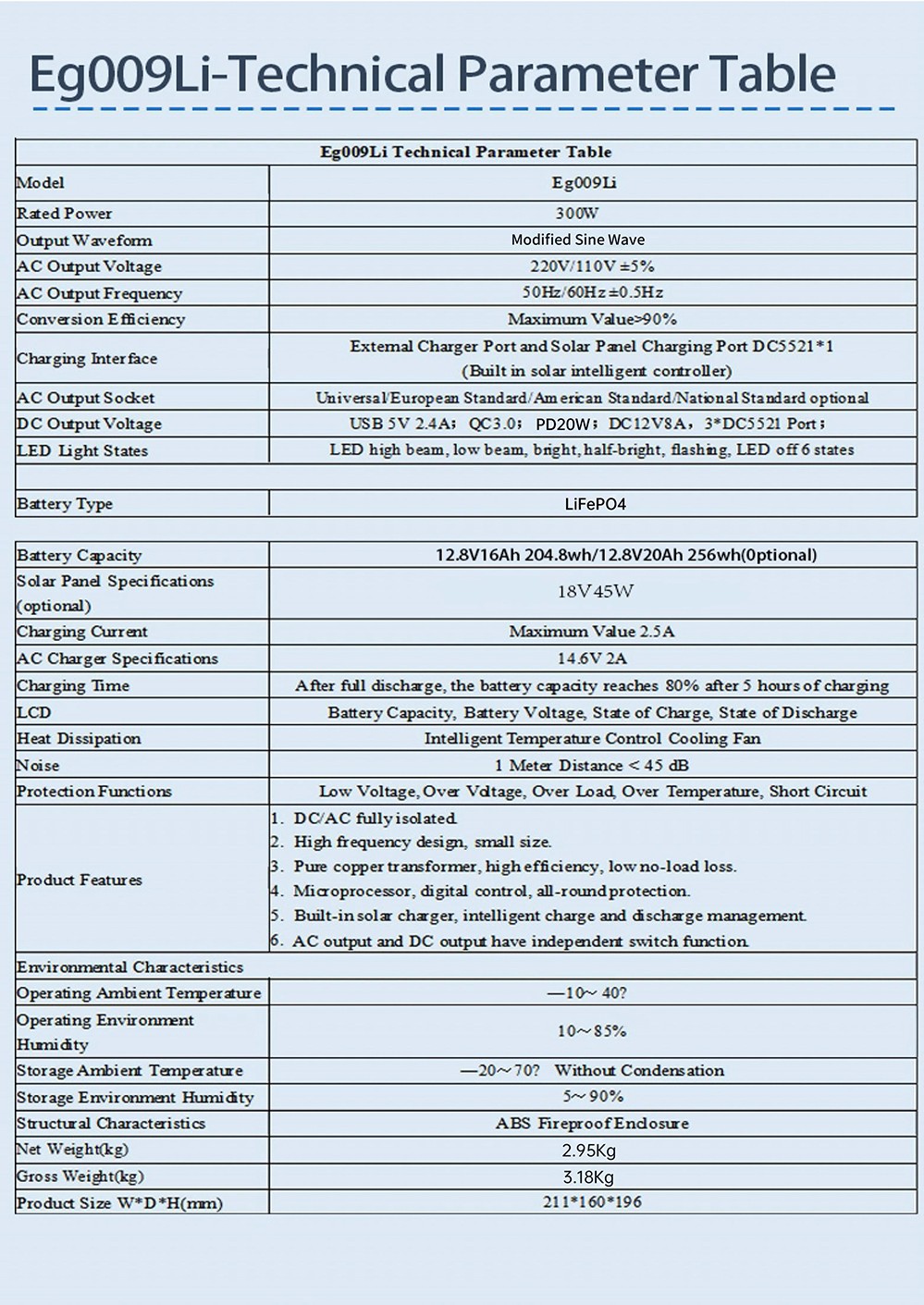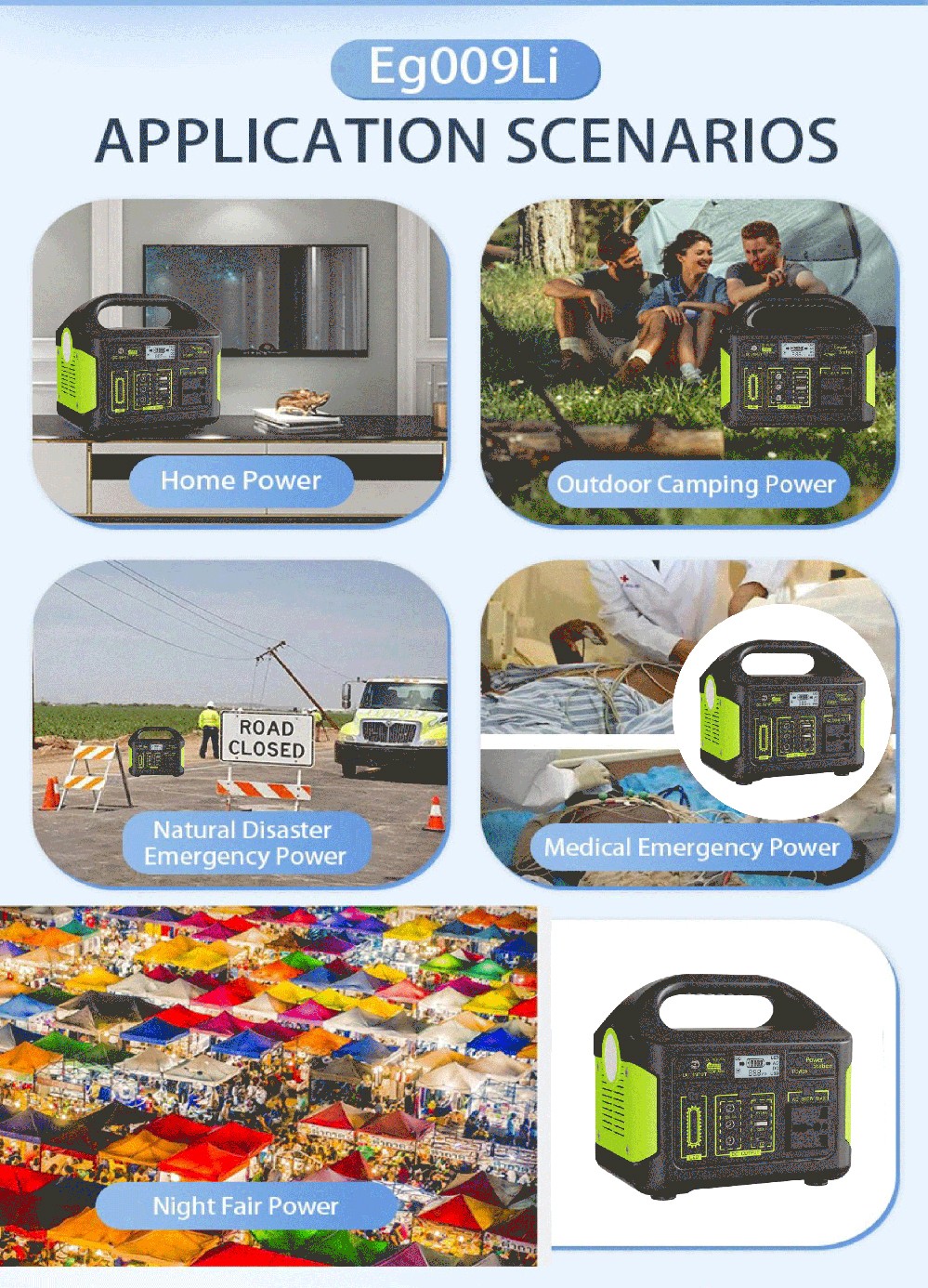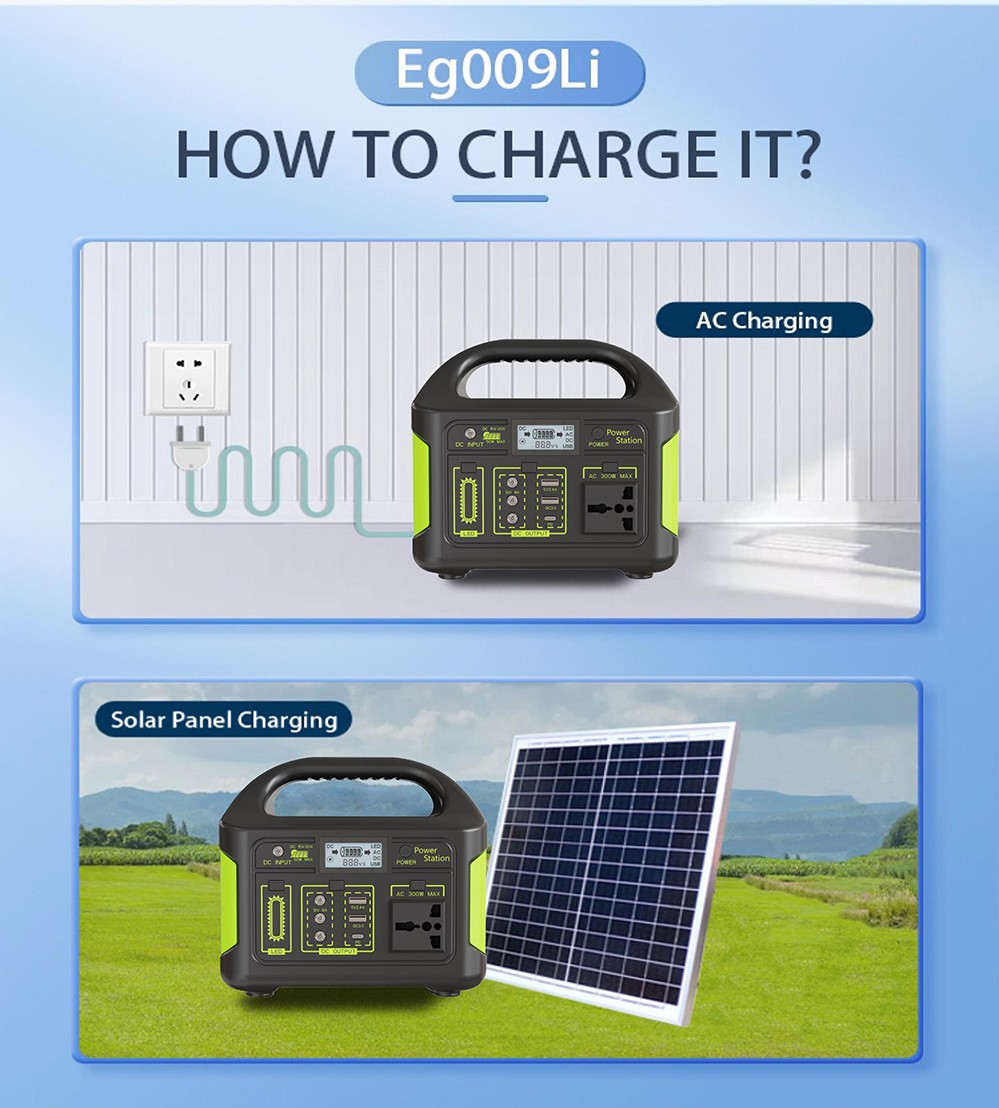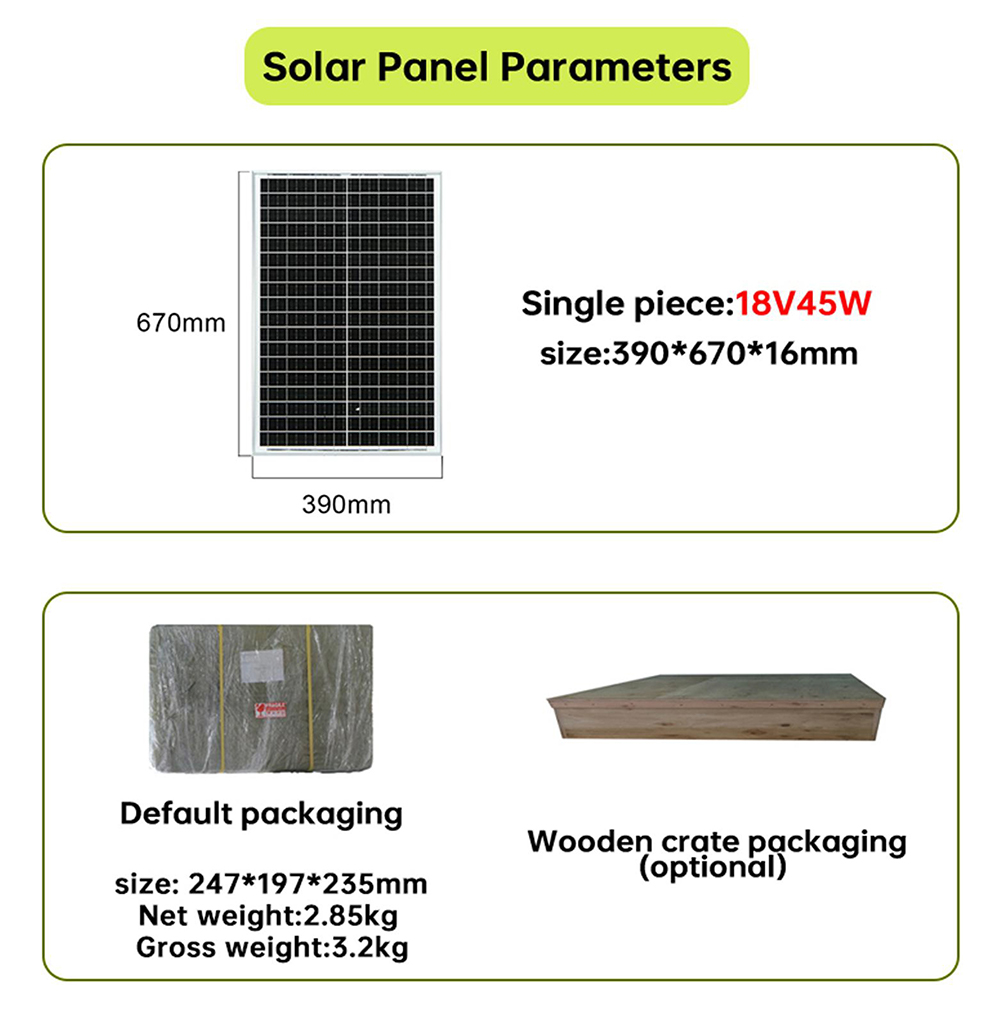Protocol standard
PD (Power Delivery) 2: It is a fast charging specification developed by the USB-IF organization and is one of the current mainstream fast charging protocols.
QC (Quick Charge) 2: It is a fast charging technology developed specifically for terminals equipped with Qualcomm Snapdragon processors and launched by Qualcomm.
Interface type 6
PD: It can only be used for USB Type-C interface.
QC: It can be a common Android Micro-B interface, USB Type-A interface (QC2.0/3.0), or USB Type-C interface (QC2.0/3.0/4.0).
Communication identification method
PD: Communication identification through CC pin.
QC: Communication protocol identification through synchronization of D+ and D-.
·Voltage level
·PD: Common voltage levels include 5V, 9V, 12V, 15V, 20V, etc. With the release of the USB-PD3.1 standard, three new voltage levels, 28V, 36V, and 48V, have been added. The corresponding output current is 5A, and the output power can reach 240W5.
·QC: QC1.0 is 5V/2A; QC2.0 output solutions include 5V/2A, 9V/2A, and 12V/1.5A; QC3.0 uses the INOV algorithm, with 0.2V as a step adjustment, the lowest can be down to 3.6V, the highest voltage is 20V, and the standard output solution is 3.6V~6.5V/3A, 6.5V~9V/2A, 9V~12V/1.5A; QC4.0 technology adjusts the maximum power to 28W, the solution is designed to be 5V/4.7A - 5.6A and 9V/3A, abandoning the 12V design, and the step voltage is adjusted to 10mV7.
·Charging power
·PD: Common power currently includes 18W, 30W, 45W, 60W, 65W, etc., up to 100W or even higher (such as USB - PD3.1 extended power range up to 240W).
·QC: The typical power of QC3.0 and previous versions is generally 18W, and QC4.0 adjusts the maximum power to 28W.
·Compatibility and application scope
·PD: It has better compatibility and is compatible with a variety of devices such as mobile phones, tablets and laptops. It can provide a unified and efficient fast charging mode for different types of portable electronic products and has a wider range of applications.
·QC: It is mainly aimed at devices such as smartphones and tablets using Qualcomm Snapdragon processors. The scope of use has certain limitations and is not compatible with more charging devices that are not Qualcomm chips.
·Charging efficiency and safety
·PD: It adopts a more efficient charging protocol and circuit design, with higher charging efficiency, more reliable in terms of safety, and can better protect the device battery.
·QC: Through continuous upgrading and optimization, the charging efficiency is gradually improving. For example, QC4.0 optimizes the charging process through various technologies, reduces heat generation, and improves safety7. But overall, it is not as good as PD in terms of compatibility and adaptability to different devices.
